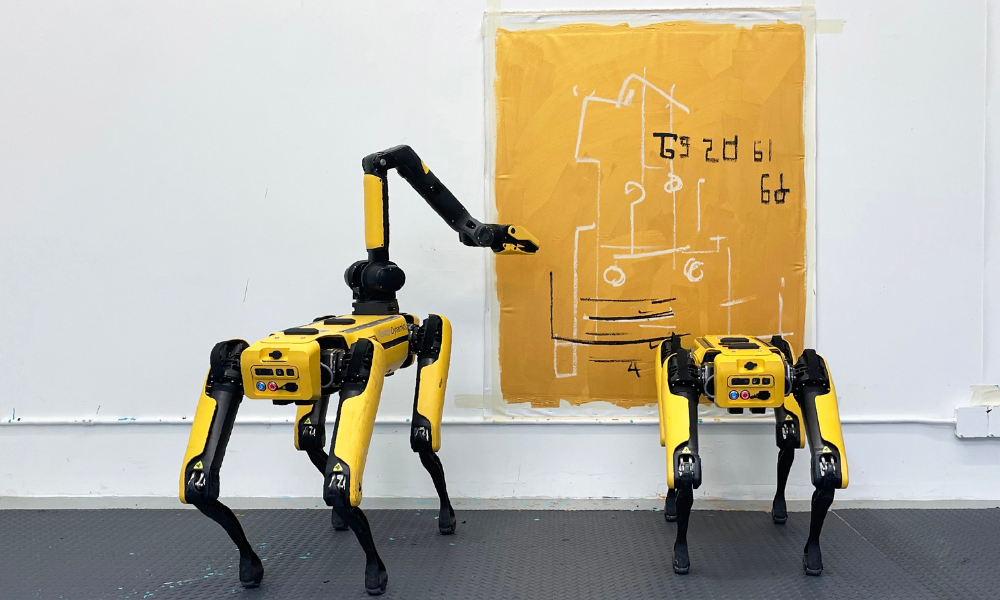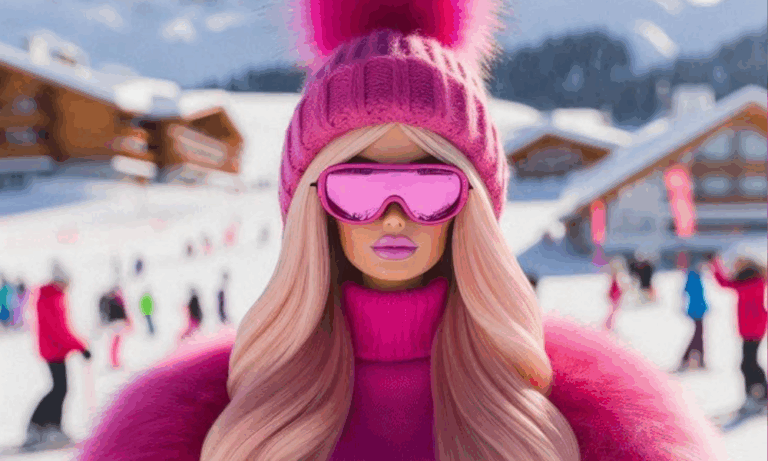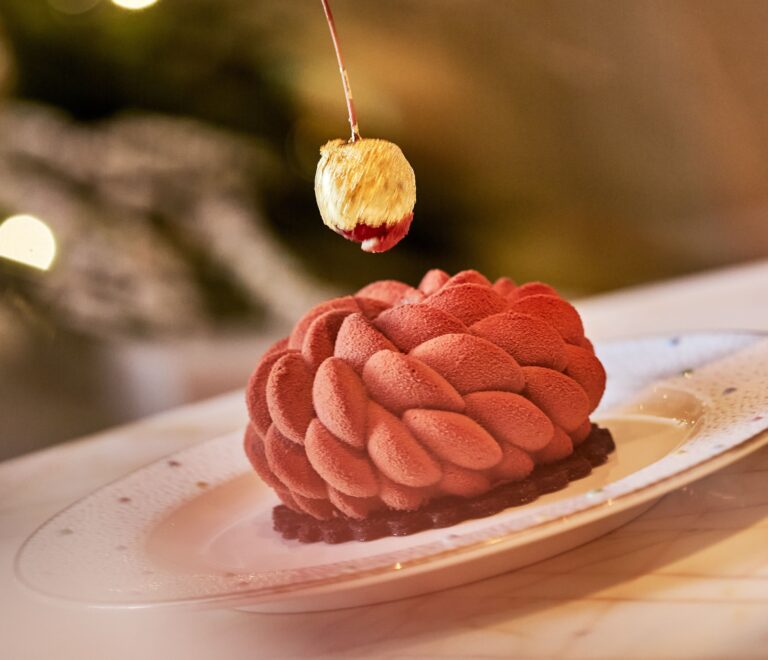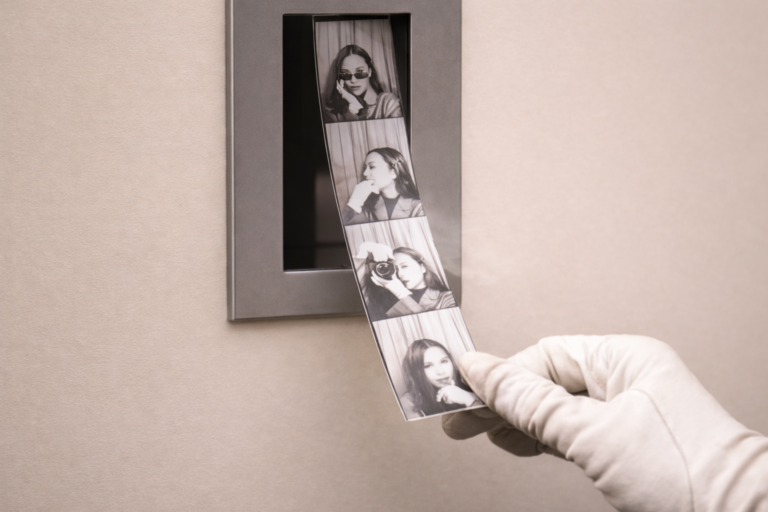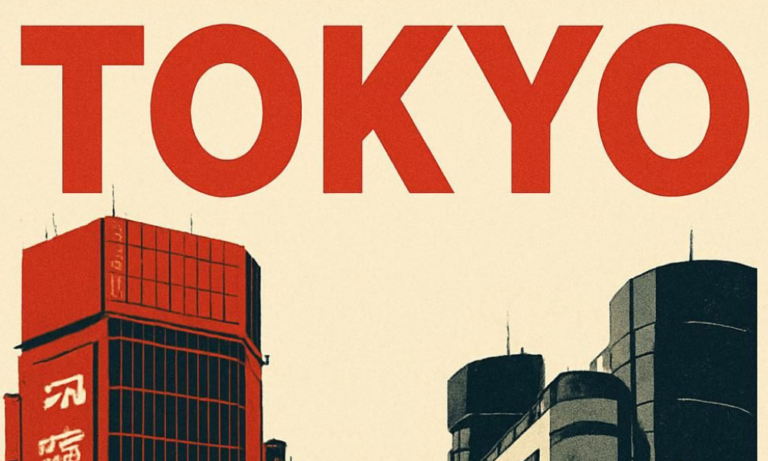In the Roman theatre, we marvelled at the “Deus ex Machina!” moments, where a “mechane” lowered actors playing gods onto the stage. From Leonardo da Vinci‘s flying machines to Ai-Da, a robot painter selling its artworks for millions, creators have always been intrigued by the possibilities of artificial creativity. What’s next? Will machines eventually replace their inventors, or will they instead empower them to explore new frontiers? These are the questions we asked Agnieszka Pilat, an established contemporary artist, collaborating with robots.
What is the most fascinating aspect of collaborating with machines for you?
I am a portrait painter at heart, which is why I always look at machines with a sense of empathy, personality, and even age. In other words, I approach them as if they were human subjects. When I paint old, derelict machines, I treat them as I would treat elderly human sitters: solemnly, with dignity, seriousness, and respect. However, when I painted the first portrait of Boston Dynamics’ Spot, I had to change my approach because advanced robotics is a nascent technology, and Spot’s personality is more akin to that of a young child. So my color palette changed, and the attitude became less serious, embracing child-like curiosity and playfulness. This is the aspect that fascinates me the most—how machines, as creations of ours, exhibit personalities and attitudes similar to our own.
Can machines exhibit creativity? Is it the appropriate time to acknowledge their creative abilities?
Not in a human sense, at least not yet. Going back to my previous point about the age of machines, they are like small children in that they mimic the world around them, observing much but not fully understanding it. When I first attended art academy, I primarily copied classic casts, statues, and drawings. At that point, my creativity was limited. Similarly, machines, particularly the robots I work with, only execute my instructions. I prefer to think of my studio as a nursery, or at best, an atelier in the tradition of the Renaissance, where young apprentices learn their craft from masters. One must be fluent in the language of art before fully expressing oneself.
Why do creators harbor fears towards AI and machines? And how can these fears be overcome?
It saddens me that artists feel this way. Artists are at their best when they are early adopters, envisioning possible futures. Technology has always been a means to propel art in new directions—from the invention of paint tubes to photography and mechanical reproduction.
Now… Humans have been cyborgs in a sense for generations, augmenting our bodies with technology (e.g., reading glasses). By accepting this perspective, we can avoid the fear of technology. Technology is part of our ecosystem, where machines and humans aren’t inherently foreign to each other, superior or inferior. There’s no battle to be won or lost.
What are the prospects for collaboration between creators and machines?
Just as photography forever changed painting by compelling innovation and new forms of expression (abstraction), AI will transform art. I believe it will change art forever, not by replacing artists, but by creating new media and modes of expression that don’t yet exist. Marshall McLuhan describes this phenomenon in his book “The Medium Is The Message.” When a new medium is created, it initially borrows from old content (e.g., when television was introduced, we had newscasters simply reading the news as if it were a newspaper on a TV screen). I am excited about the new forms of expression that will emerge from the collaboration between human artists and intelligent machines, although it’s challenging to predict their evolution at this stage.
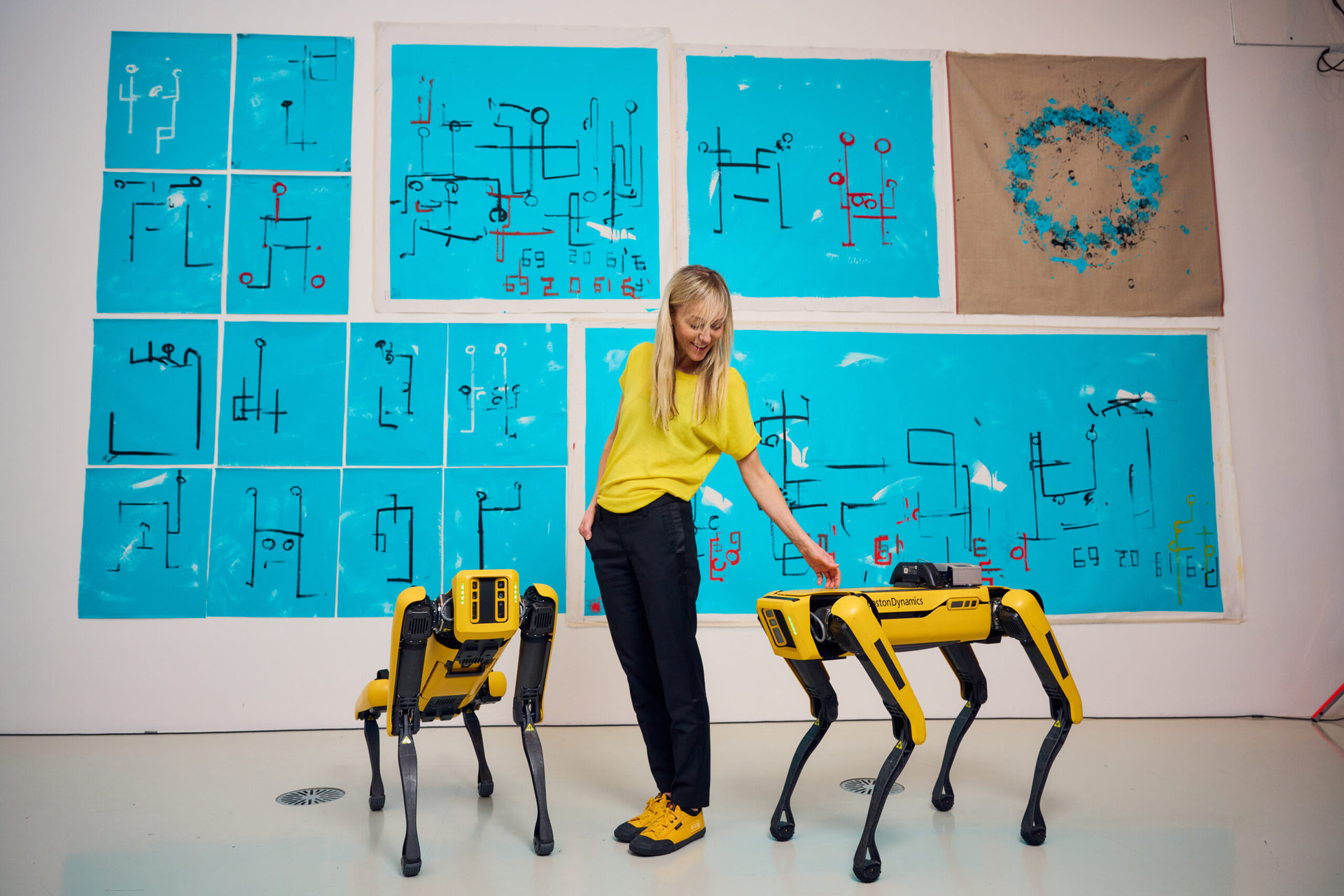
How do you envision your relationship with machines when Technological Singularity occurs and AI gets its own “I”?
The implications of AI achieving self-awareness are still largely speculative. Anthropomorphizing technology and assuming it will develop consciousness as we humans know it, misses the point. In a sense, we humans are already cyborgs, augmenting our bodies with technology (e.g., earbuds, eye lenses, cell phones). As technology becomes more advanced, it will merge further with us, blurring the artificial divide between humans and machines. For example, my work with robotics will continue, but it might become more intuitive. Instead of coding robots to perform specific tasks, I will be able to communicate more intuitively.
What insights have you gained from collaborating with machines?
Machines are humanity’s legacy, representing our greatest aspirations, hopes, and dreams. That’s why the merger of machines and art is so incredibly exciting to me. They evolve alongside us and, in an uncanny way, mirror our development. Initially, machines were built to perform simple tasks requiring physical strength (the machine age), but as humanity transitioned into the information age, advanced machines began processing information. With the newfound resistance against consumerism, we are witnessing a shift away from mass production towards creativity in advanced machines. I find this evolution of machines fascinating, as through their lens, we can insight into humanity’s path towards the future.
